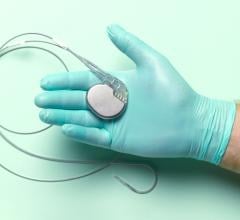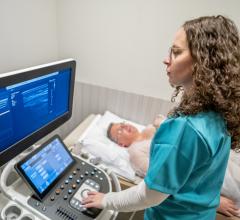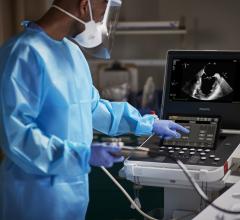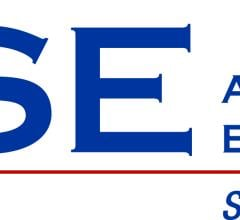
April 30, 2019 — A new document compiled by four cardiac imaging professional societies provides a resource to guide clinicians in best practices for assessing valvular regurgitation following catheter-based repair or replacement of a valve. The document, available in full here, supplements the previously published guideline Recommendations for Evaluation of Prosthetic Valves with Echocardiography and Doppler Ultrasound.
Valvular regurgitation is a prevalent cardiac disorder, in which one or more of the heart’s valves leak, often leading to extra burdens on the heart muscle and requiring treatment. Catheter-based interventions to treat valvular heart disease (VHD) have increased over the past few years with the advent of transcatheter aortic valve replacement (TAVR), edge-to-edge mitral valve repair, and other investigative devices to repair or replace diseased valves. Guidelines to assess the results of these interventions, however, are lacking.
ASE’s Chair of the writing group, William A. Zoghbi, M.D., MACC, FASE, of Houston Methodist DeBakey Heart & Vascular Center in Houston, Texas, commented, “This new guideline is timely, as cardiologists and valvular heart disease specialists need consensus on how to evaluate results of catheter-based valve repair or replacement — novel approaches that help many patients with valve disease.”
Echocardiography is essential in the evaluation of valvular regurgitation after percutaneous interventions and is the first-line tool for evaluation of procedural results. Its assessment, however, is more difficult than in native valvular regurgitation because of the multitude of procedures and hardware involved. This highlights the need for an integrative approach of all information gleaned from various parameters.
The document outlines in detail the technical considerations and imaging techniques, as well as the value that 3-D echocardiography and cardiac magnetic resonance imaging can add to the diagnostic process. It delves into specific issues with each type of regurgitation, namely mitral regurgitation (MR), aortic regurgitation (AR), tricuspid regurgitation (TR) and pulmonary regurgitation (PR). The document includes nine useful tables summarizing techniques and advantages of each modality, as well as 23 figures to illustrate various concepts.
In conjunction with the publication of this guideline Zoghbi will conduct a live webinar, including a question and answer section in June 2019. The webinar will be available for free to all American Society of Echocardiography (ASE) members and open to all other clinicians for $25. Registration and all ASE-hosted guideline webinars are available on ASEUniversity.org.
The full guideline document is available on the Journal of American Society of Echocardiography (JASE) website.
Read the 2017 article "ASE Releases New Joint Guidelines for Evaluating Valve Regurgitation"
For more information: www.asecho.org

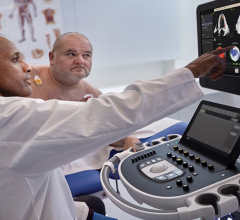
 June 12, 2024
June 12, 2024 

